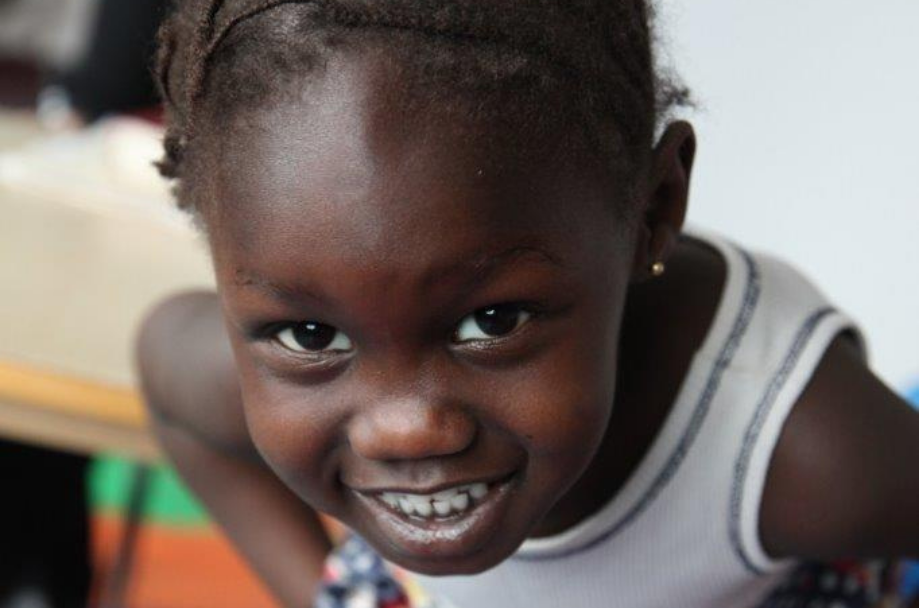Every child is an individual and may move these phases at different times. This is a general guideline about what you can expect as your child develops. If you are worried about your child’s speech and language development, please call us.
Birth to 6 months
- Startles to loud sounds;
- Increases or decreases sucking behavior in response to sound
- Moves eyes in direction of sounds
- Responds to changes in tone of your voice
- Notices toys that make sounds
- Pays attention to music
- Makes pleasure sounds (cooing, gooing)
- Cries differently for different needs
- Smiles when sees familiar people
- Babbling sounds
- Vocalizes excitement and displeasure
- Makes gurgling sounds when left alone and when playing with you
6 months to 12 months
- Turns and looks in direction of sounds
- Listens when spoken to
- Recognizes words for common items like “cup”, “shoe”, “book”, or “juice”
- Begins to respond to requests (e.g. “Come here” or “Want more?”)
- Uses speech or non-crying sounds to get and keep attention
- Uses gestures to communicate (waving, holding arms to be picked up)
- Imitates different speech sounds
- Has one or two words (hi, dog, dada, mama) around first birthday, although sounds may not be clear
12-18 months
- Follows familiar instructions
- Understands 50 words or more
- Anticipates what familiar people will do in routine interactions
- Points and gestures to communicate
- Babbles and makes noise while playing
- Imitates new sounds and words
- Starts using one or more words
18-24 months
- Understands more words, directions, and questions, especially those related to routines
- Points to things in books and around them when those things are named
- Uses from 50 to several hundred words
- Tries to communicate using words and gestures frequently
- May be starting to put two words together (e.g., “car go” or “want juice”)
Can be understood 70% of the time
2-3 years
- Understands most instructions related to routines.
- Puts words together to form 2-word sentences or longer.
- Can have a short conversation about a topic that they’re interested in.
- Uses language to talk for a wide variety of purposes (e.g., to get something, to ask questions, to play, to seek comfort, to share a past experience).
- Plays in imaginative and creative ways, including doing simple pretend play.
Speech clarity improves to the point that unfamiliar adults can understand their speech (80% by 3)
3-4 years
- Follows directions that require paying attention to more than one piece of information.
- Uses language to express emotion (e.g., “I don’t want to” or “He’s happy”).
- Uses sentences of 5 or more words
- Says a lot and talks non-stop, but may have choppy speech, or repeat words
- Tells you about an experience in the past
- Has conversations with different people about different things
- Asks questions frequently
- Understands that different behaviors are expected at different social situations (for example, being quiet at a library)
Speech clarity improves to the point that most unfamiliar adults can understand their speech (90% by 4)
